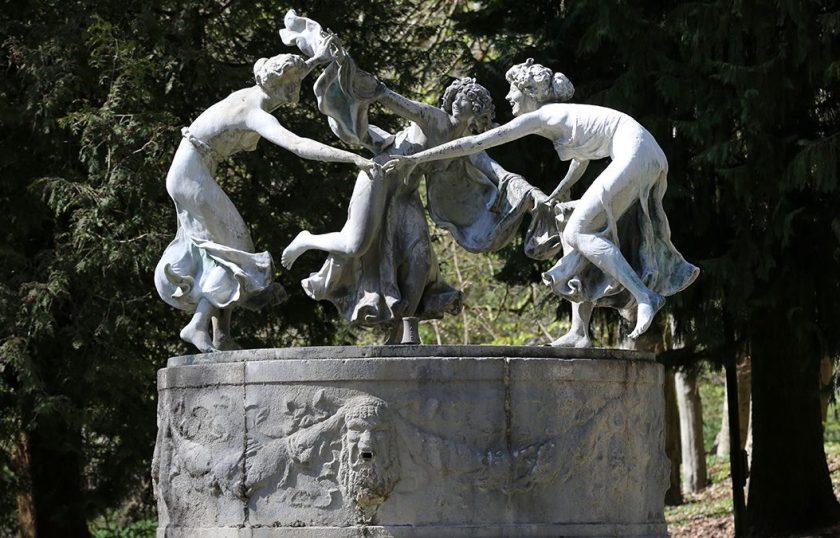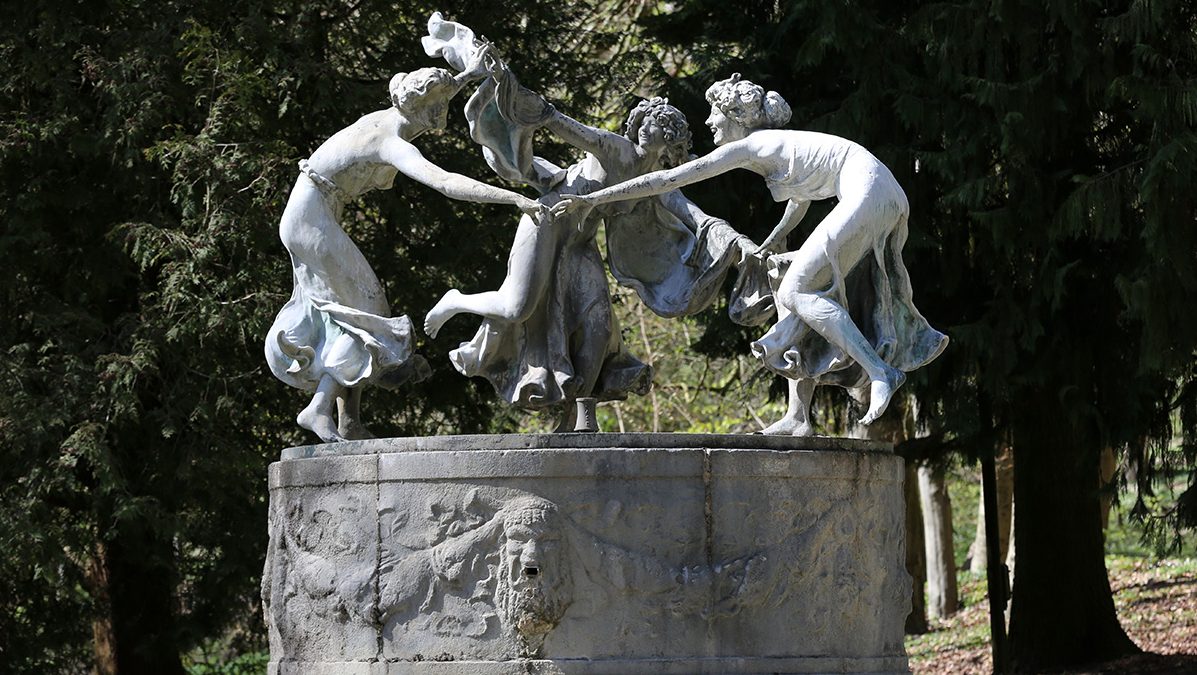
Eighty-four years after a prominent German Jewish family’s priceless art collection was looted by the Nazis, a group of experts has teamed up with relatives to attempt to right a historical wrong.
According to The New York Times, the Mosse Art Restitution Initiative, which will be partly funded by the German Lost Art Foundation—and supported by a number of Berlin museums, researchers, and descendants of the family. The search for the stolen goods will go on for two years. The initiative’s project manager estimates more than 4,000 works were pilfered by the Nazis, and since 2012, just over 1,000 have been identified.
The collection belonged to Berlin publisher Rudolph Mosse, who fled to France in 1933; and whose abandoned (and looted) collection included paintings, sculptures, arts and crafts, books, and antiques.
Learn more about how the Nazis looted Jewish art in the video below.
—RealClearLife
This article was featured in the InsideHook newsletter. Sign up now.
























